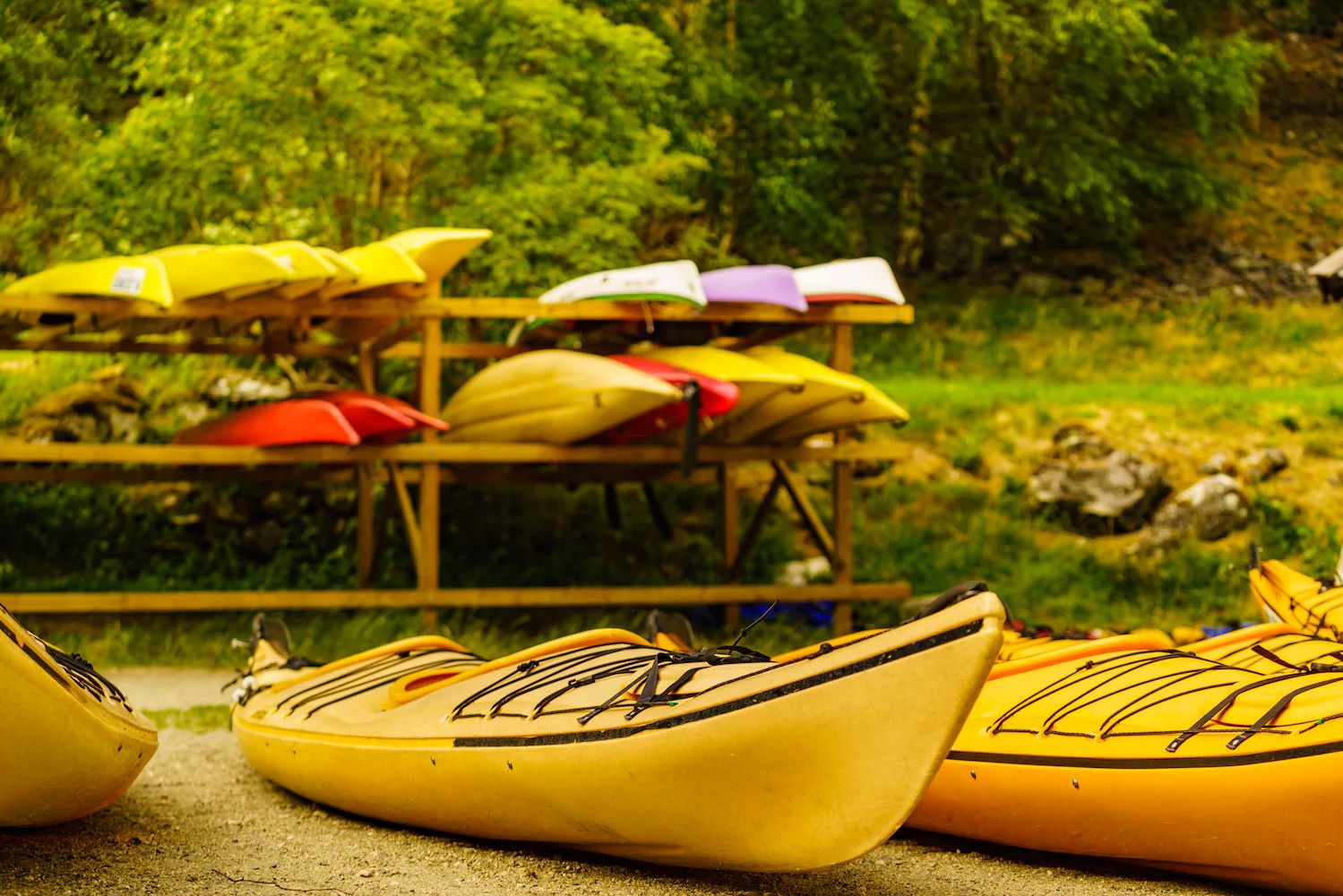

Articles
How To Store Kayak Outside In Summer
Modified: January 7, 2024
Discover effective ways to store your kayak outside during the summer months. Read our informative articles for expert tips and advice.
(Many of the links in this article redirect to a specific reviewed product. Your purchase of these products through affiliate links helps to generate commission for Storables.com, at no extra cost. Learn more)
Introduction
Summer is the perfect time for outdoor adventures, and if you’re a kayak enthusiast, you know how exhilarating it can be to hit the water and explore nature’s wonders. However, when it comes to storing your kayak during the summer months, you might be wondering how to protect it from the elements and ensure its longevity.
Storing a kayak outside in the summer requires some careful planning and preparation. With the right techniques and strategies, you can keep your kayak safe from the sun, rain, and other potential damage. In this article, we will explore the steps you need to take to properly store your kayak outside during the summer season.
Key Takeaways:
- Protect your kayak from summer elements by choosing a shaded storage location, cleaning it thoroughly, applying UV protection, using a well-fitted cover, and securing it with locks or straps. Regular maintenance is crucial for longevity.
- Storing your kayak outside in summer requires careful planning. Choose the right location, clean and protect your kayak, use a well-fitted cover, secure it properly, and conduct regular maintenance to ensure its safety and longevity.
Read more: How To Store A Kayak Outside
Choosing the Right Location
When it comes to storing your kayak outside during the summer, the first step is to find the right location. Ideally, you want to choose a spot that provides protection from direct sunlight, rain, and extreme temperatures.
Look for a shaded area such as under a tree or a covered patio. This will help reduce the amount of UV exposure your kayak receives, which can cause fading and damage to the material over time. Additionally, a shaded area can also help prevent the kayak from overheating, especially during the scorching summer days.
It’s also important to consider the accessibility of the location. Choose a spot that is easily accessible so you can easily remove and store your kayak whenever you want to use it. Make sure the area is clear of any obstructions and provides enough space to maneuver your kayak in and out of storage.
Furthermore, be mindful of the ground where you’ll be storing your kayak. Avoid gravel, rocky surfaces, or uneven ground that could potentially scratch or damage the bottom of your kayak. Instead, opt for a soft, level surface such as grass or a kayak storage rack.
By selecting the right location, you can ensure that your kayak stays protected and in good condition throughout the summer season.
Cleaning the Kayak
Before storing your kayak outside for the summer, it’s crucial to give it a thorough cleaning. Over time, dirt, debris, and saltwater can accumulate on the surface of your kayak, and if left untreated, these can cause damage and corrosion.
Start by rinsing your kayak with fresh water to remove any loose dirt or debris. Use a hose or a bucket of water to thoroughly rinse the kayak, paying special attention to the cockpit, storage hatches, and any crevices where dirt may accumulate.
Next, use a mild soap or kayak cleaner and a soft sponge or cloth to gently scrub the surface of the kayak. This will help remove any stubborn stains or grime. Avoid using any abrasive materials or harsh chemicals, as these can damage the kayak’s finish.
Additionally, if you notice any signs of mildew or mold, use a mixture of water and vinegar to clean those areas. Vinegar is a natural and effective solution for removing mold and mildew without damaging the kayak’s material.
Once you have thoroughly cleaned the kayak, rinse it again with fresh water to remove any soap residue. Allow the kayak to air dry completely before moving on to the next step of storing it outside.
By regularly cleaning your kayak and keeping it free from dirt and debris, you can prolong its lifespan and maintain its appearance.
Applying UV Protection
One of the biggest threats to your kayak during the summer months is the harmful UV rays from the sun. Prolonged exposure to UV rays can cause fading, deterioration, and weakening of the kayak’s materials.
To protect your kayak from UV damage, it is essential to apply a UV protectant. Look for a UV protectant specifically designed for kayaks or marine equipment. These products are formulated to block UV rays and provide a protective layer on the surface of your kayak.
Before applying the UV protectant, make sure the kayak is clean and dry. Follow the instructions on the product and apply the protectant evenly on the entire surface of the kayak. Pay special attention to areas that are exposed to the sun, such as the top deck and the cockpit.
Allow the UV protectant to dry completely before storing your kayak outside. Reapply the protectant as recommended by the manufacturer or at regular intervals throughout the summer season.
In addition to applying a UV protectant, you can also consider using a kayak wax. Kayak waxes provide an extra layer of protection against UV rays and can help repel dirt, water, and other contaminants. Apply the wax according to the manufacturer’s instructions and buff it to achieve a smooth and shiny finish.
By applying UV protection products to your kayak, you can effectively shield it from the damaging effects of the sun, ensuring its longevity and maintaining its vibrant colors.
To store a kayak outside in summer, find a shaded area to prevent sun damage, use a breathable cover to protect from dust and debris, and secure it to prevent wind damage.
Using a Kayak Cover
A kayak cover is an excellent investment to protect your kayak from the elements when storing it outside during the summer season. A cover acts as a barrier against UV rays, rain, dust, and other potential sources of damage.
When choosing a kayak cover, opt for one that is specifically designed for your kayak’s size and shape. A well-fitted cover will provide maximum protection and minimize the chances of water, dirt, or debris seeping in.
Before covering your kayak, ensure that it is clean and dry. This will prevent any trapped moisture or dirt from causing damage over time. Place the cover over the kayak, making sure it is secure and snug. Most kayak covers come with straps or drawstrings that allow you to tighten the fit and prevent it from being blown away by strong winds.
If you don’t have a kayak cover, you can improvise by using a tarp or a large, UV-resistant sheet. Just make sure to secure it properly and provide enough ventilation to prevent mold or mildew growth.
It’s important to note that even with a kayak cover, periodic inspections and ventilation are necessary. Check the cover regularly for any signs of damage or wear and tear. If you notice any mold or mildew forming, remove the cover and clean the kayak before replacing it.
Using a kayak cover is an effective way to protect your kayak from the elements and maintain its condition throughout the summer season. It provides an additional layer of defense against sun damage, rain, and other potential risks.
Read more: How To Store Kayak Outside
Securing the Kayak
When storing your kayak outside during the summer, it’s crucial to secure it properly to prevent theft or damage caused by strong winds or other external factors.
Firstly, consider investing in a sturdy kayak lock or cable. This will help deter potential thieves from attempting to steal your kayak. Look for a lock that is specifically designed for securing kayaks and choose a secure location to anchor it.
In addition to a lock, you can also use a kayak storage rack or stands to keep your kayak off the ground. Storing your kayak elevated not only reduces the risk of damage from ground-level moisture, but it also makes it less accessible to potential thieves.
If a dedicated storage rack is not available, you can use other methods to secure your kayak. For example, you can use straps or ropes to tie it down to a secure structure such as a sturdy post or railing. Make sure the kayak is tightly secured and cannot be easily removed or blown away by strong winds.
It’s also a good idea to remove any detachable parts such as paddles or seats and store them separately. This reduces the risk of them getting damaged or stolen and makes the kayak less attractive to potential thieves.
Lastly, consider installing security cameras or motion sensor lights in the area where your kayak is stored. These additional security measures can help deter theft and provide you with peace of mind.
By taking these steps to secure your kayak, you can minimize the risk of theft and protect it from potential damage caused by external factors.
Regular Maintenance and Inspection
Even when your kayak is stored outside during the summer, it’s crucial to regularly maintain and inspect it to ensure its optimal condition. Here are some key maintenance tasks to keep in mind:
Clean the kayak: Regularly clean your kayak to remove dirt, debris, and any saltwater residue. Use a gentle soap and water solution, and rinse thoroughly to prevent build-up and potential damage.
Inspect for damage: Regularly inspect your kayak for any signs of damage, such as cracks, punctures, or loose fittings. Address any issues promptly to prevent further damage or potential safety hazards.
Check the fittings: Make sure all the fittings, including handles, bungee cords, and straps, are secure and not damaged. Replace any worn-out or damaged fittings to maintain the functionality of your kayak.
Monitor for mold and mildew: Keep an eye out for any signs of mold or mildew growth. If you notice any, clean the affected areas with a mixture of water and vinegar to prevent further spread.
Inspect the cover: If you’re using a kayak cover, regularly inspect it for any signs of wear and tear. Replace the cover if necessary to ensure proper protection for your kayak.
Regularly rotate the kayak: If possible, rotate the position of your kayak periodically to prevent any pressure points or warping.
By implementing these regular maintenance tasks and inspections, you can catch any potential issues early on and ensure that your kayak stays in optimal condition throughout the summer season.
Conclusion
Storing your kayak outside during the summer months requires careful attention and planning to ensure its protection and longevity. By choosing the right location, cleaning the kayak, applying UV protection, using a kayak cover, securing the kayak, and carrying out regular maintenance and inspection, you can keep your kayak safe and in excellent condition.
Remember to choose a shaded area that offers protection from direct sunlight, clean your kayak thoroughly before storage, and apply a UV protectant to shield it from harmful rays. Utilizing a kayak cover and securing the kayak with locks or straps will help prevent theft and damage caused by strong winds or other external factors. Regular maintenance and inspection are key to catching and addressing any issues early on, ensuring your kayak stays in top shape.
By following these guidelines, you can confidently store your kayak outside during the summer, knowing that it will be protected from the elements and ready for your next exciting adventure on the water.
Frequently Asked Questions about How To Store Kayak Outside In Summer
Was this page helpful?
At Storables.com, we guarantee accurate and reliable information. Our content, validated by Expert Board Contributors, is crafted following stringent Editorial Policies. We're committed to providing you with well-researched, expert-backed insights for all your informational needs.
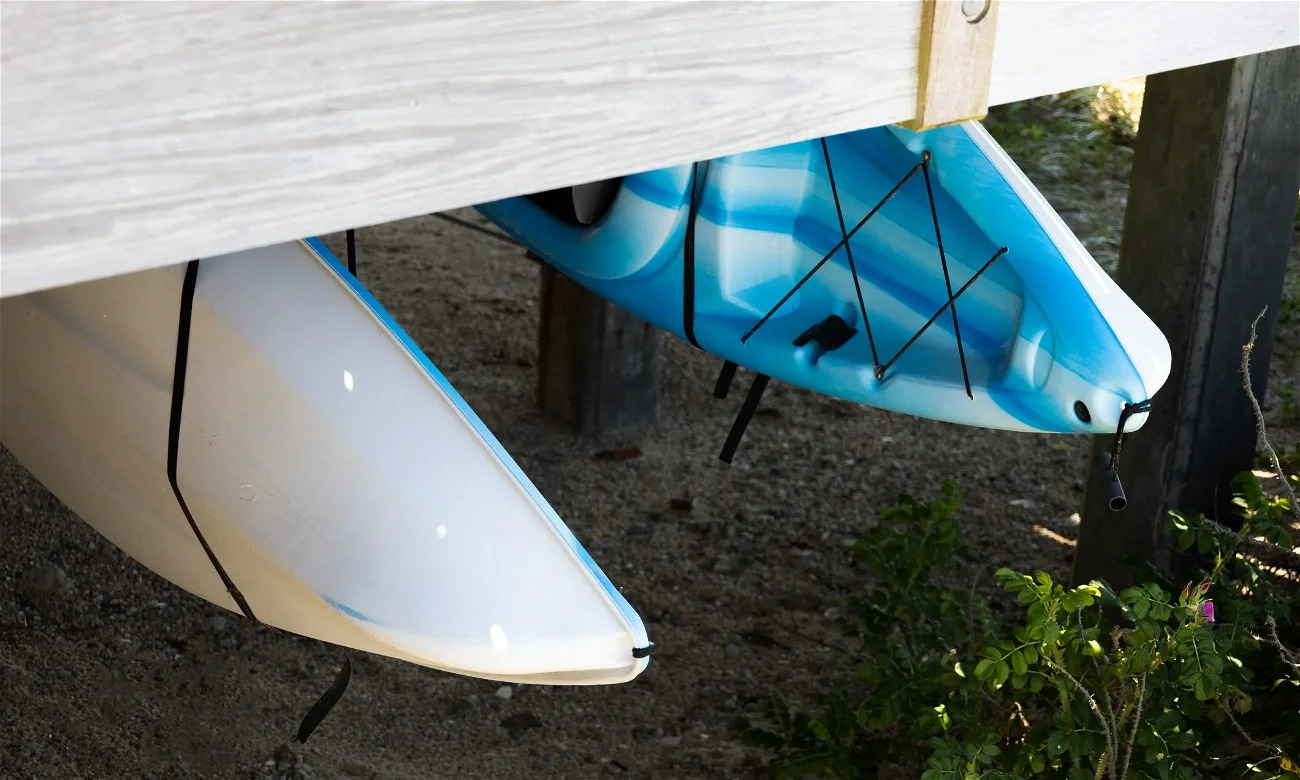
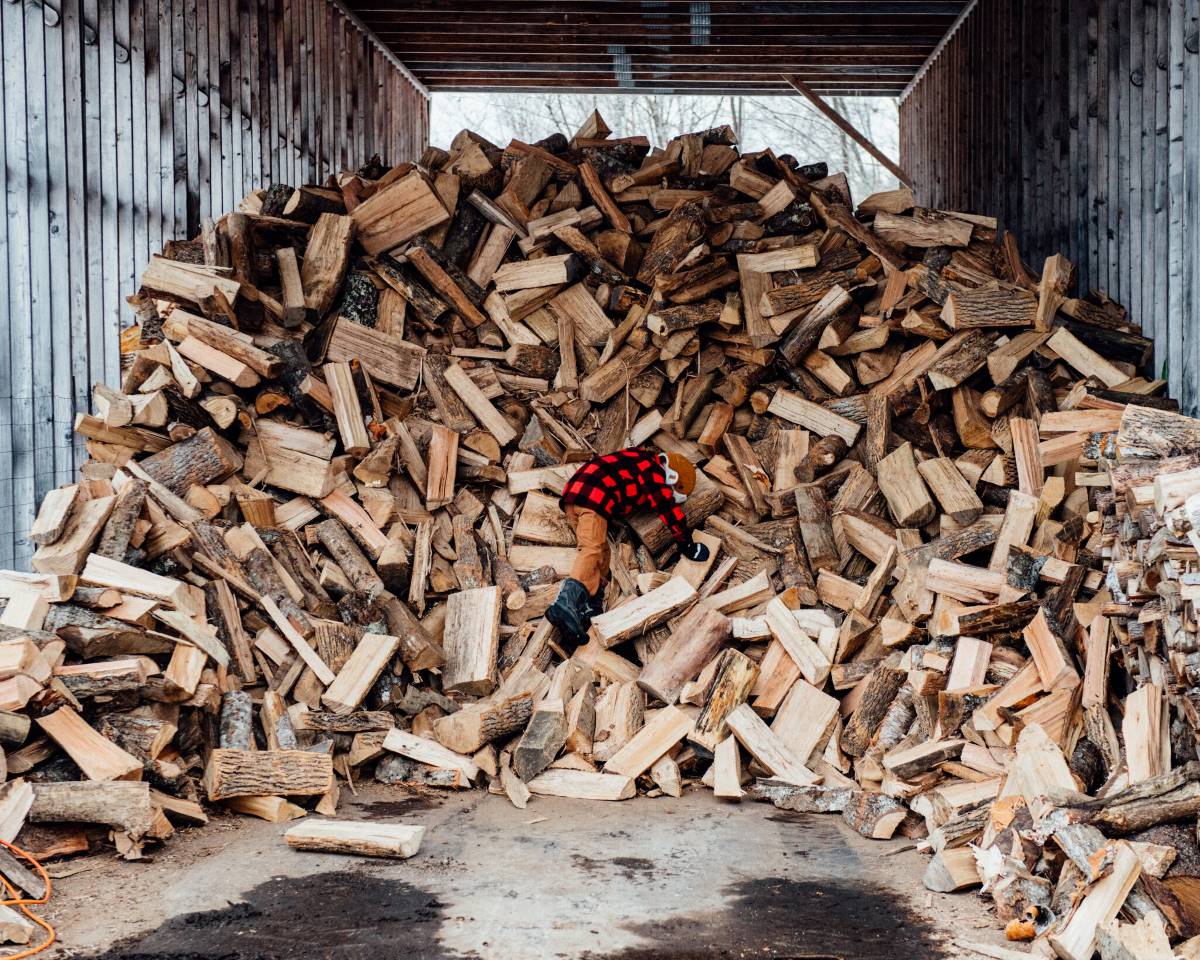
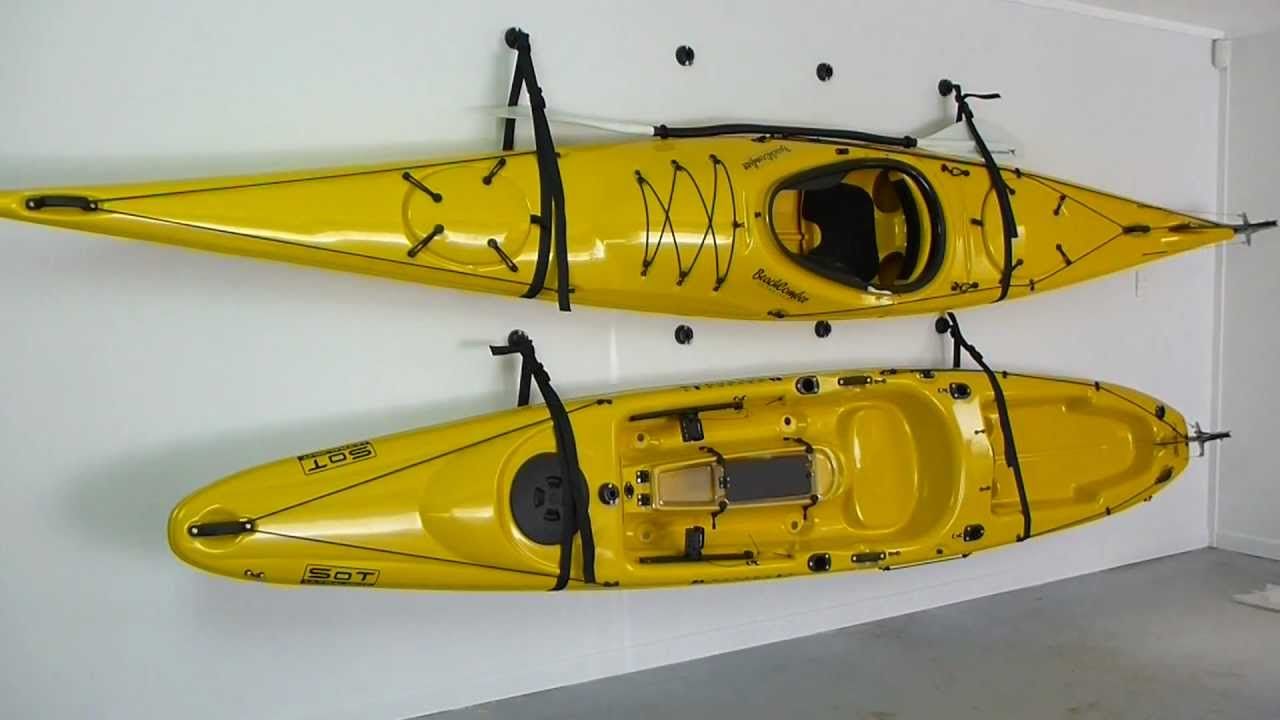
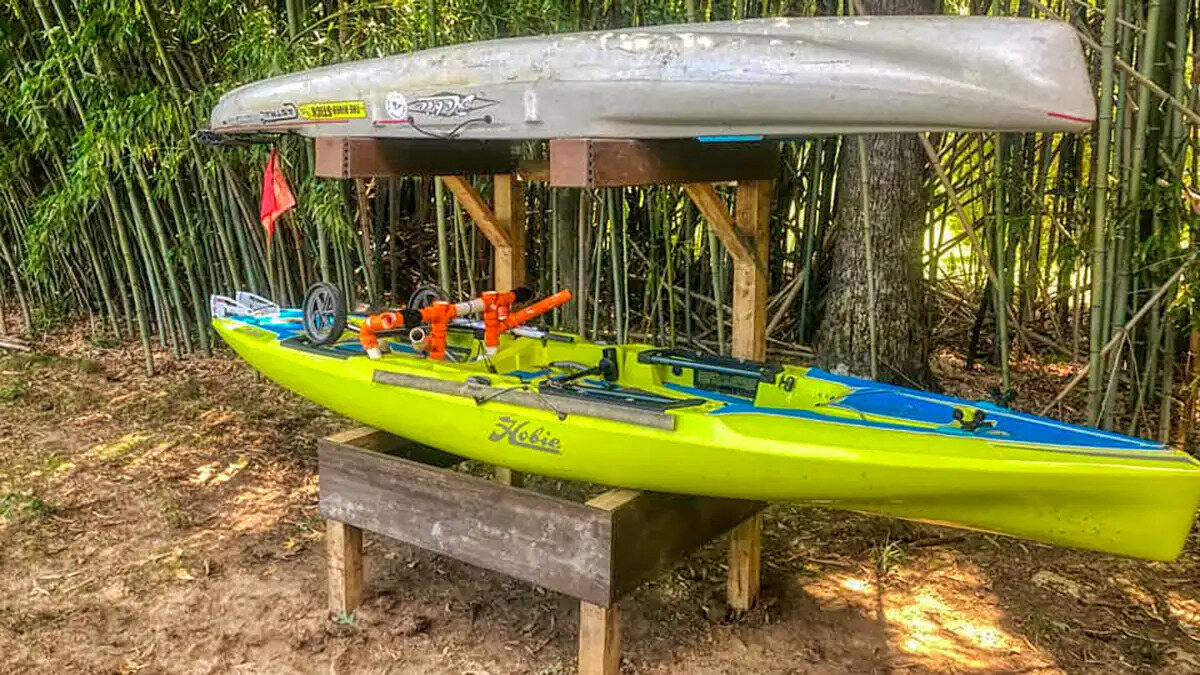
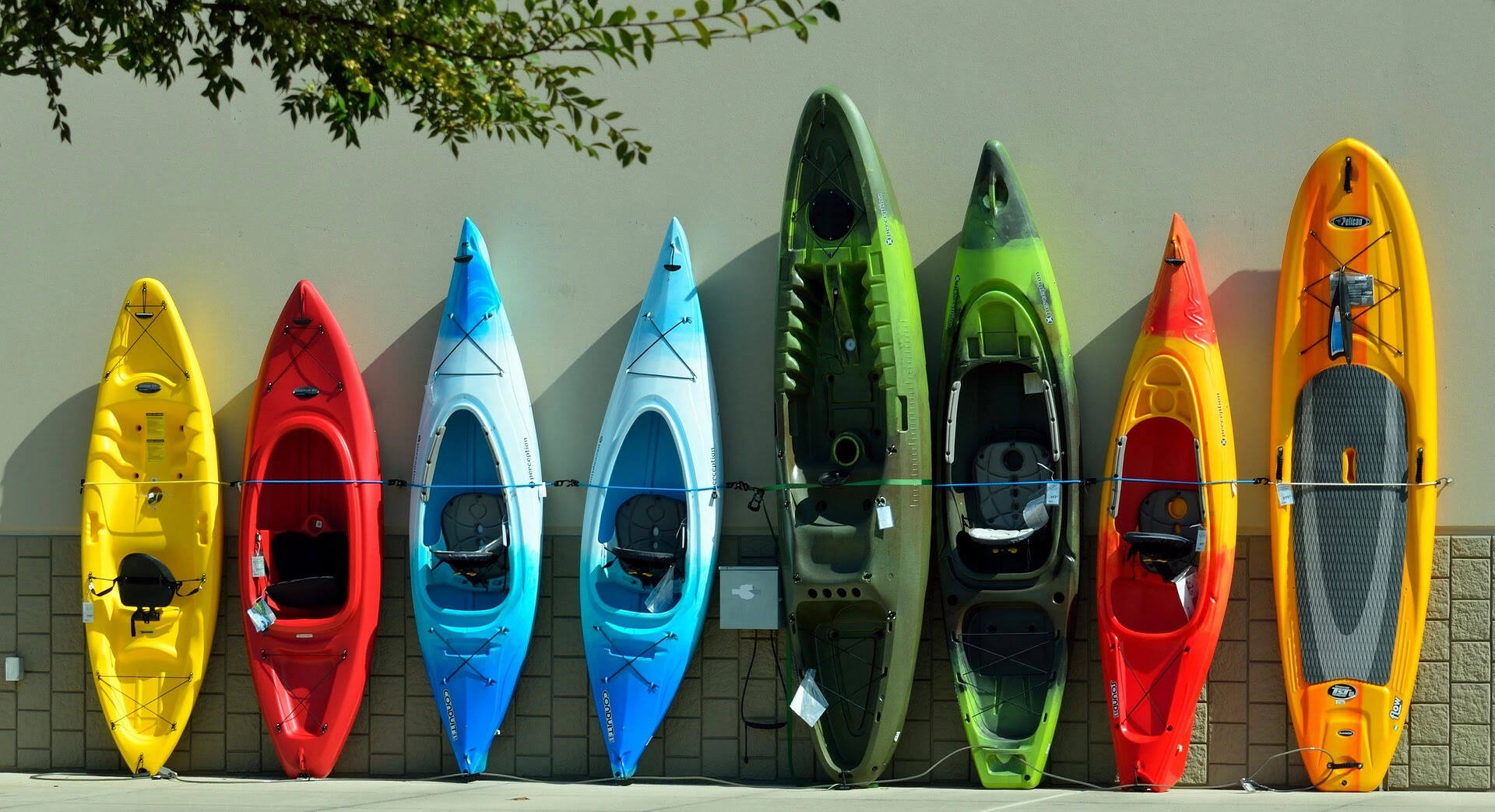
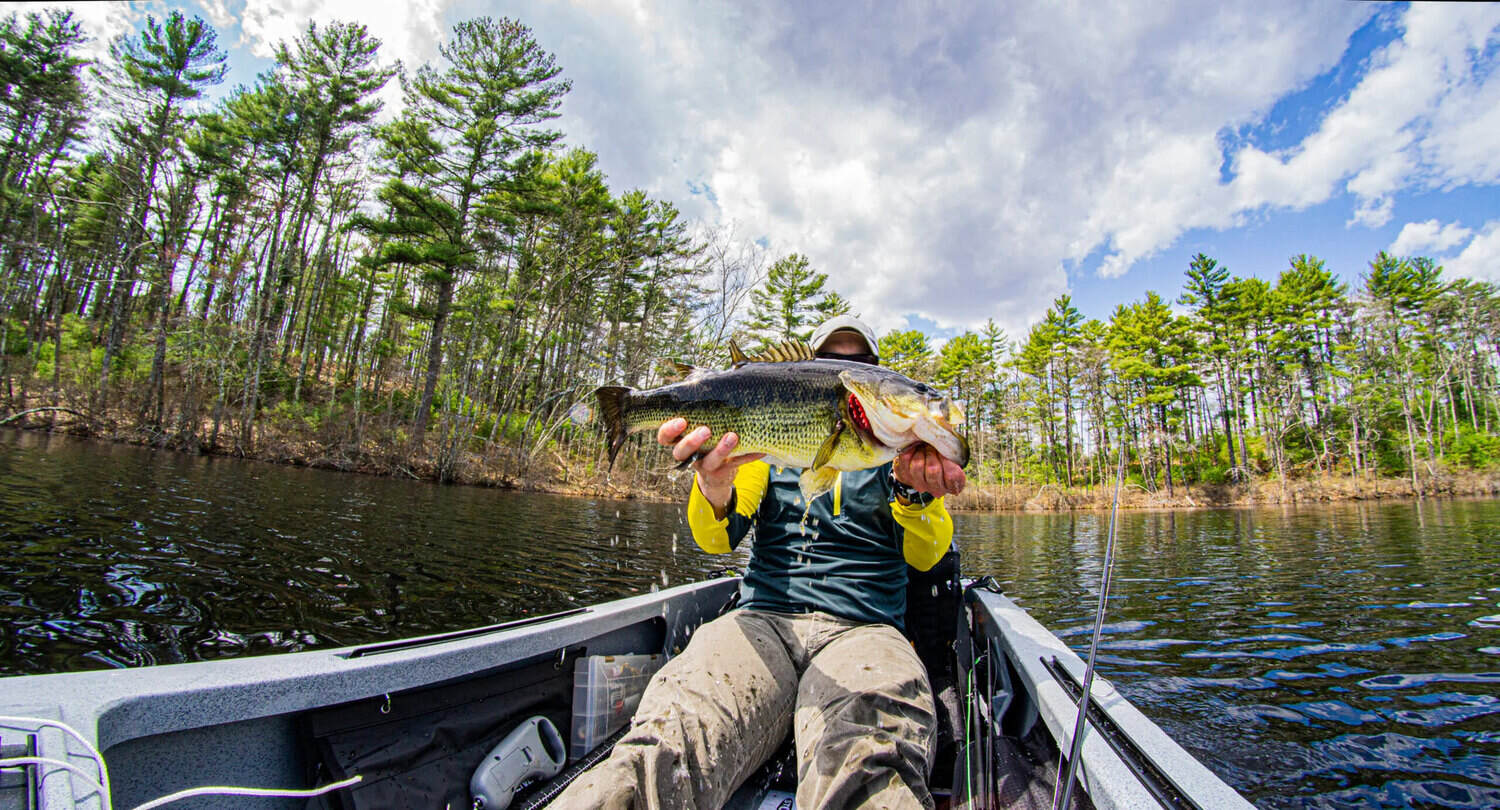
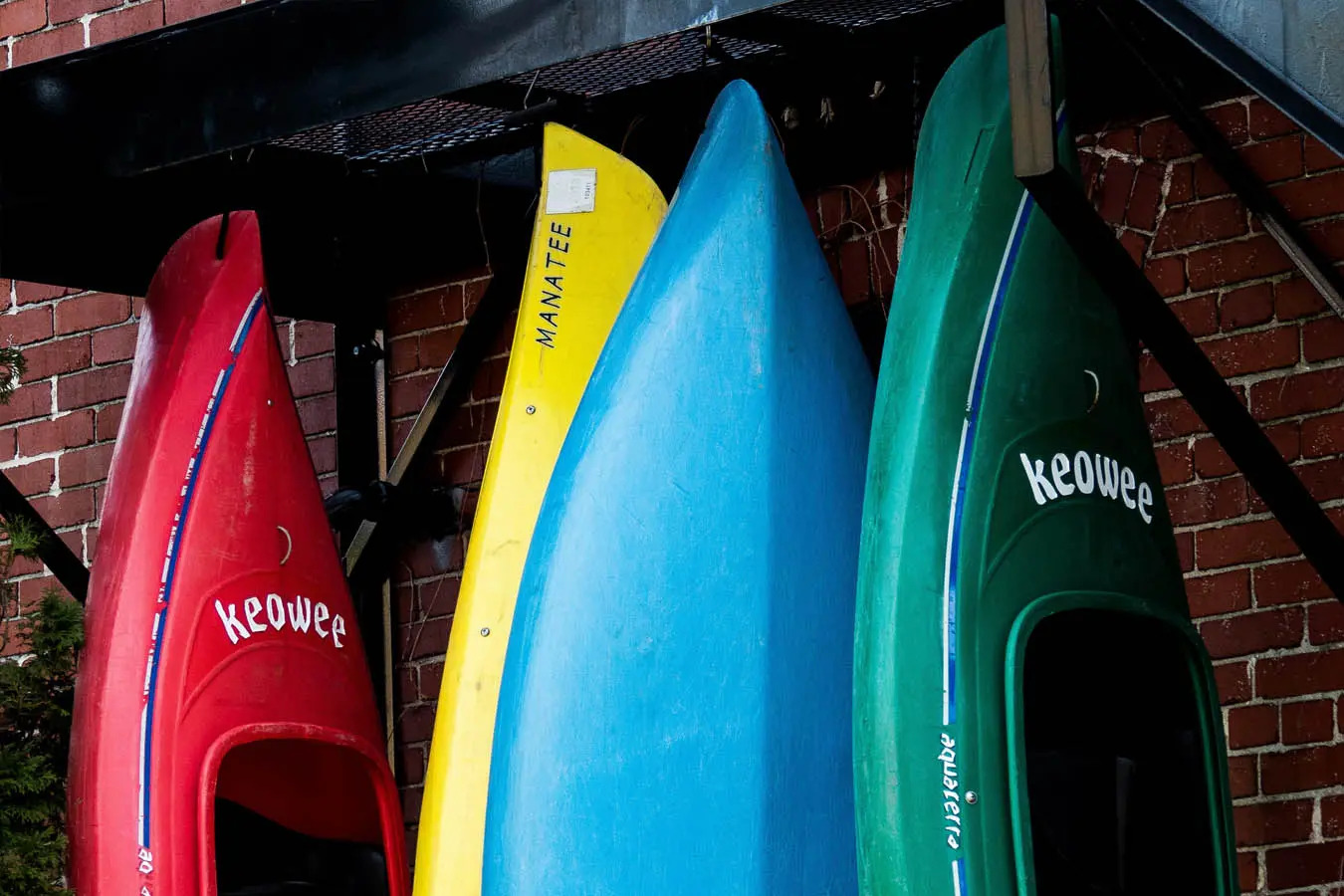
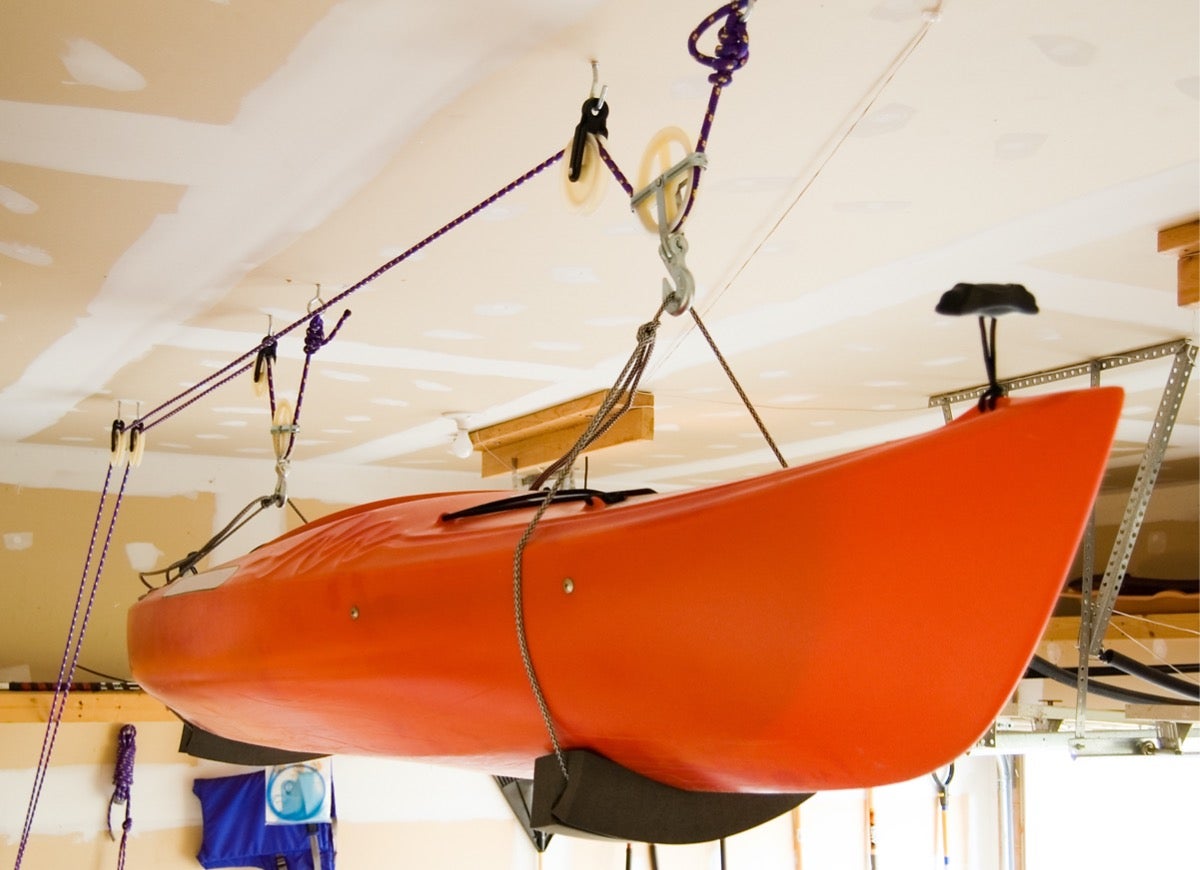
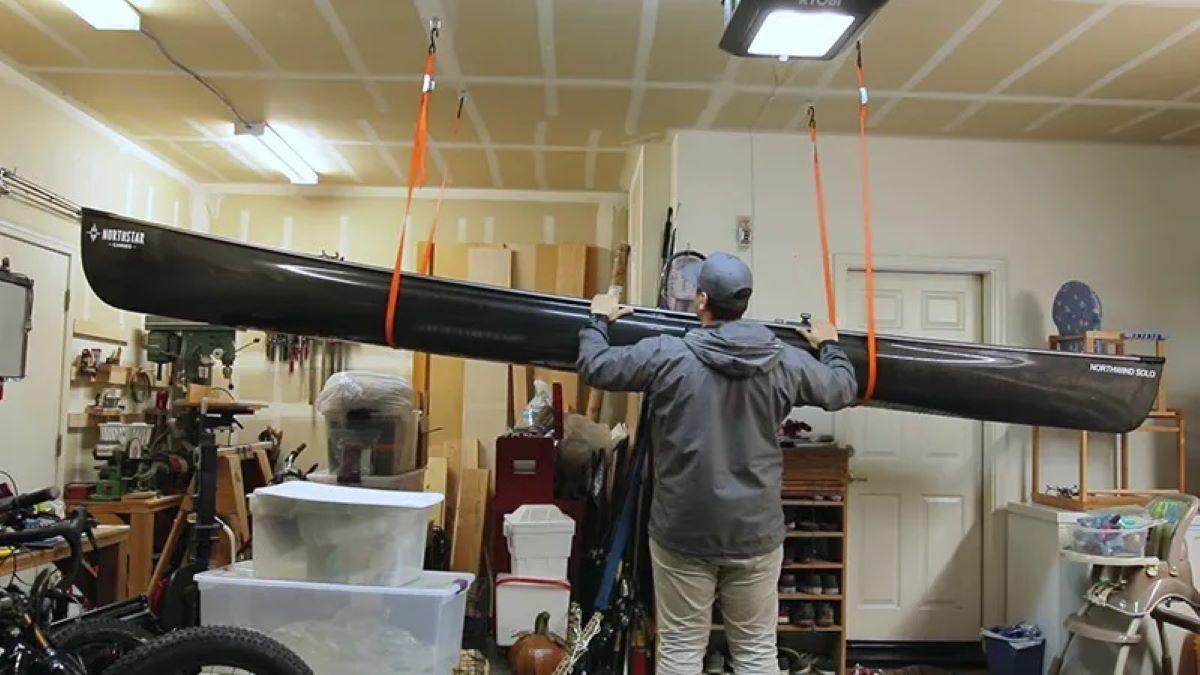
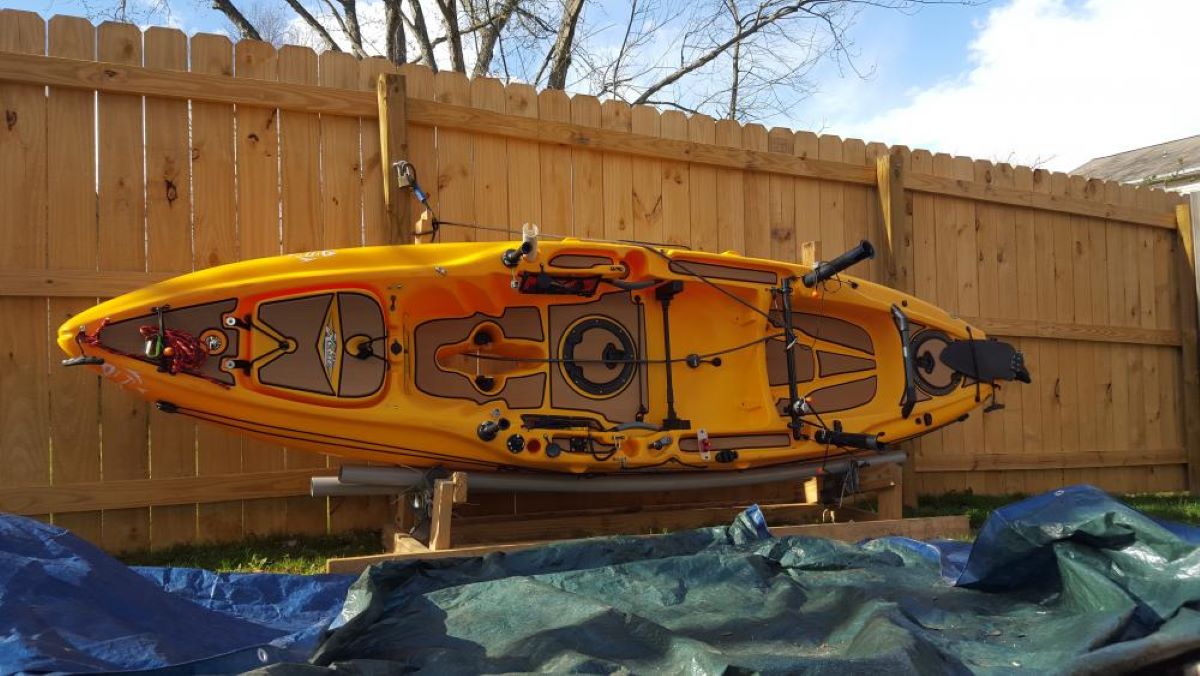
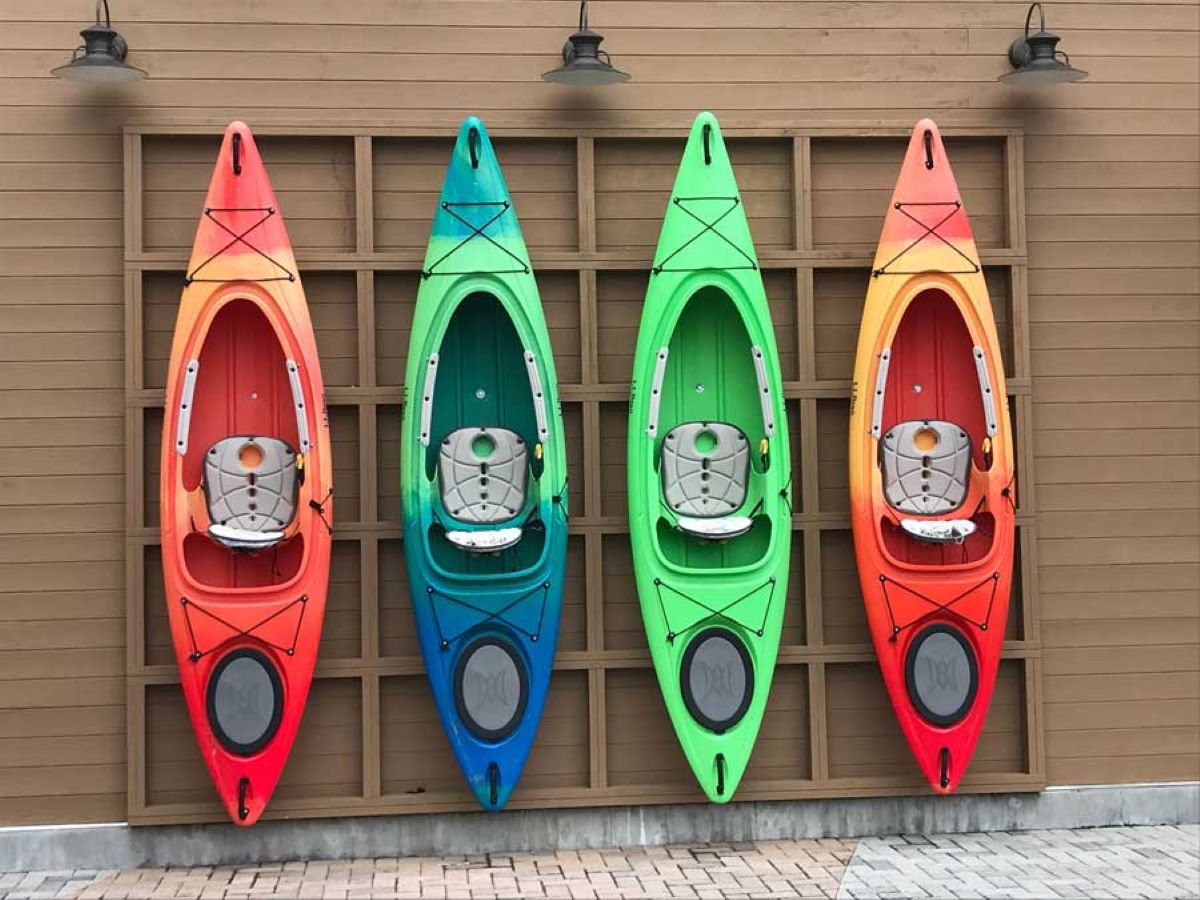
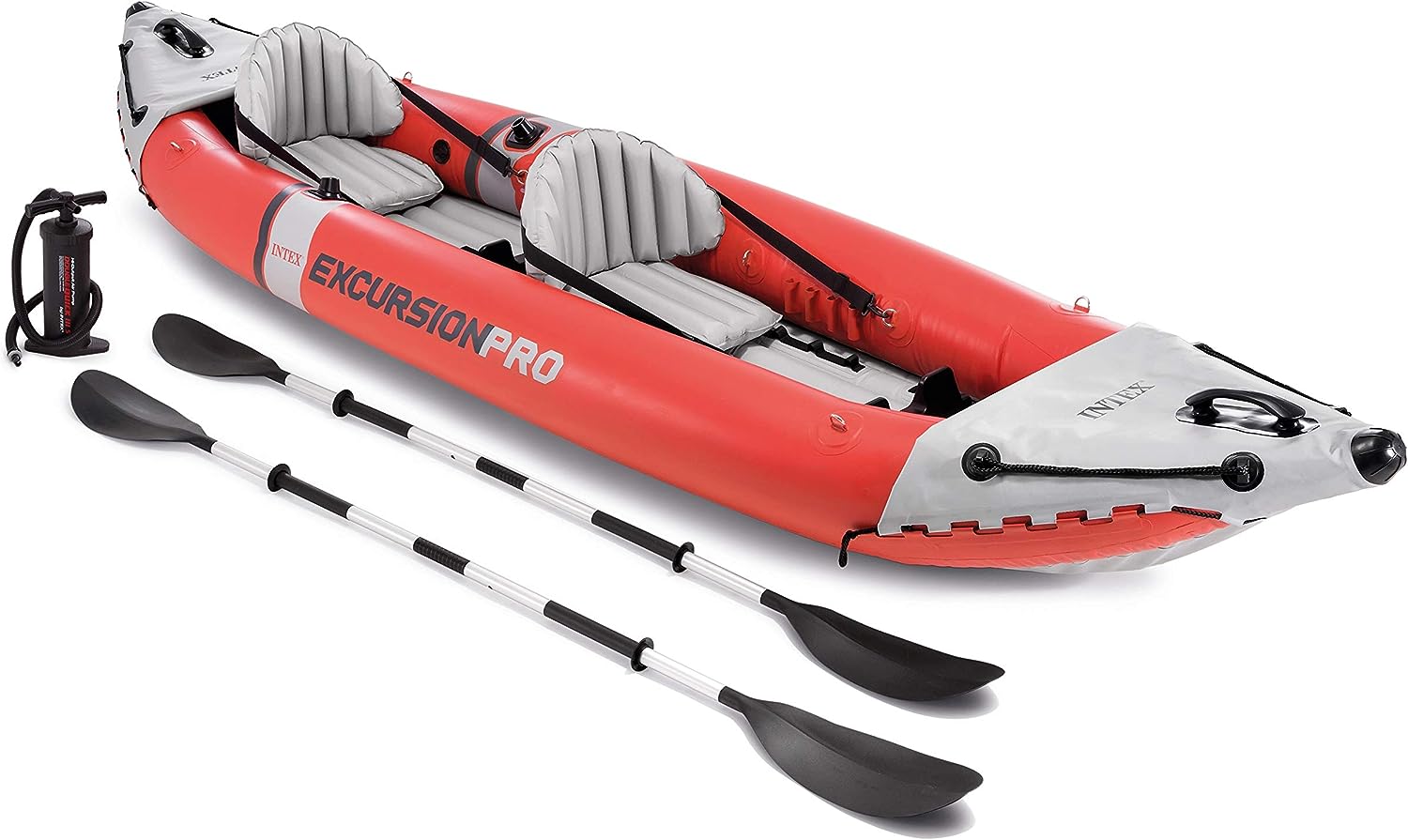
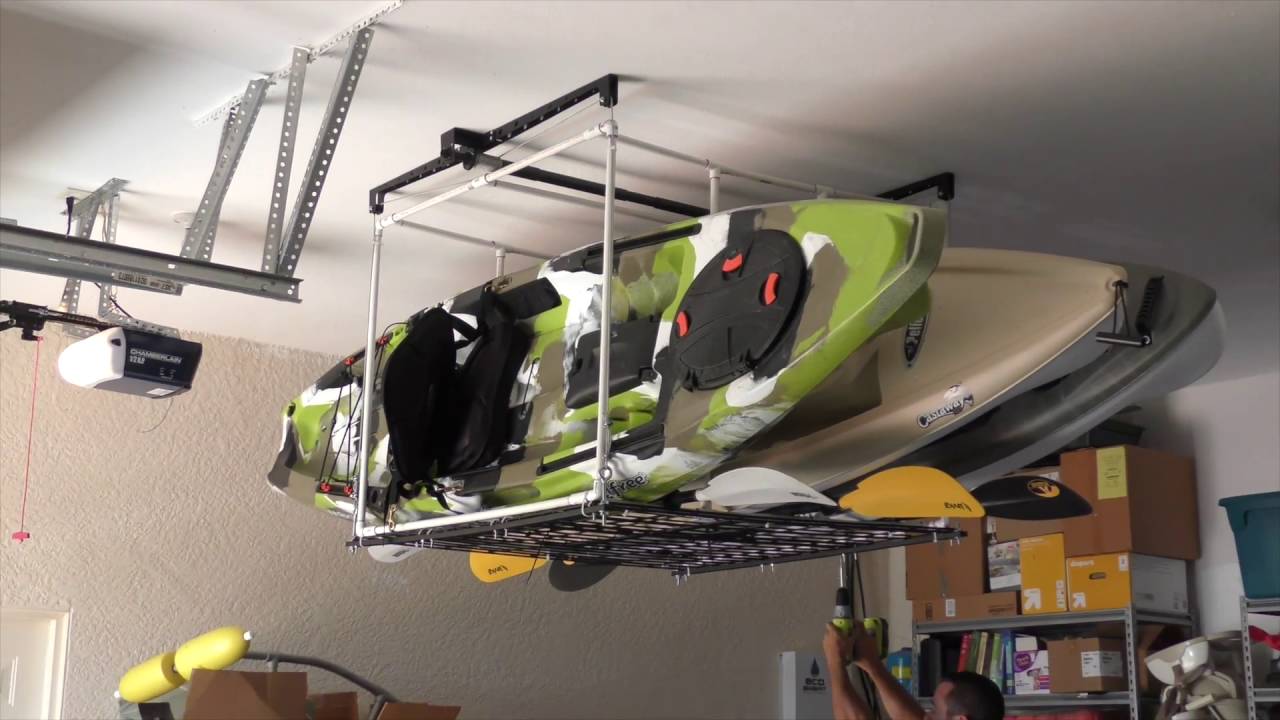
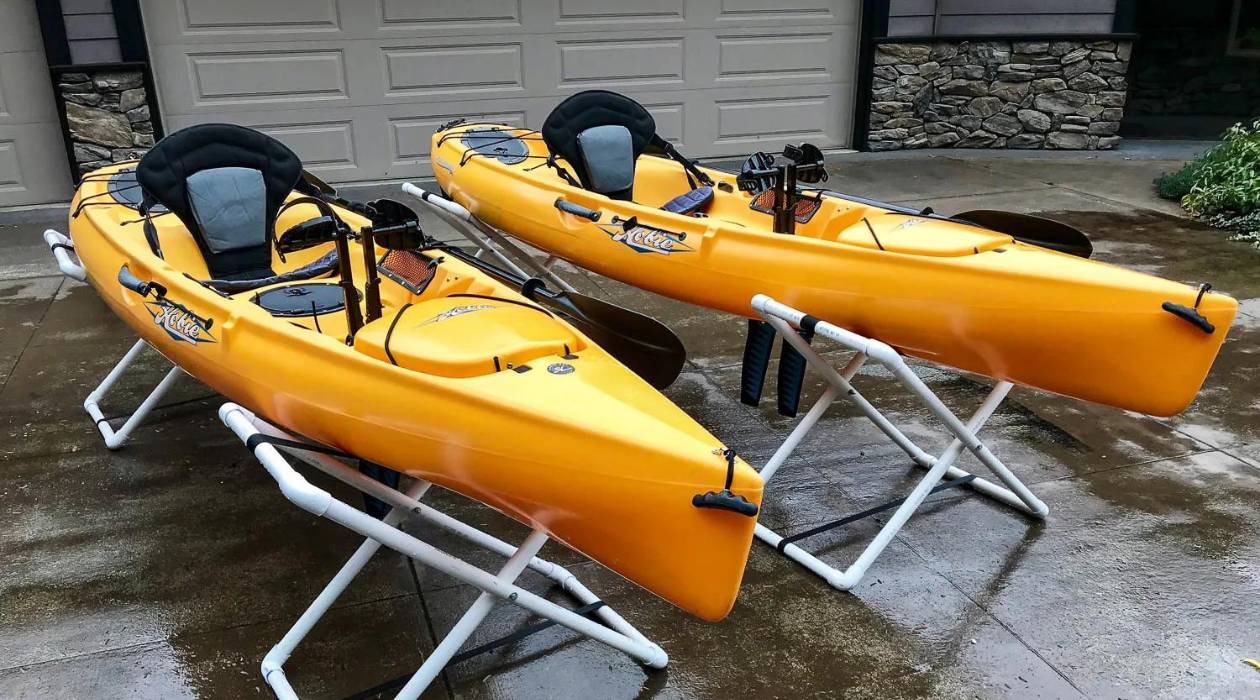

0 thoughts on “How To Store Kayak Outside In Summer”